Almost — A Beautiful Set of Evocative Images by Guy Archard
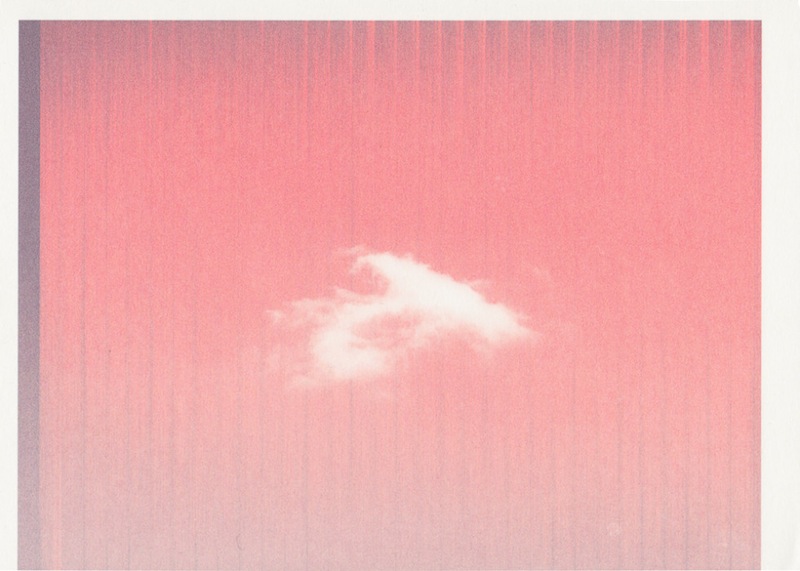
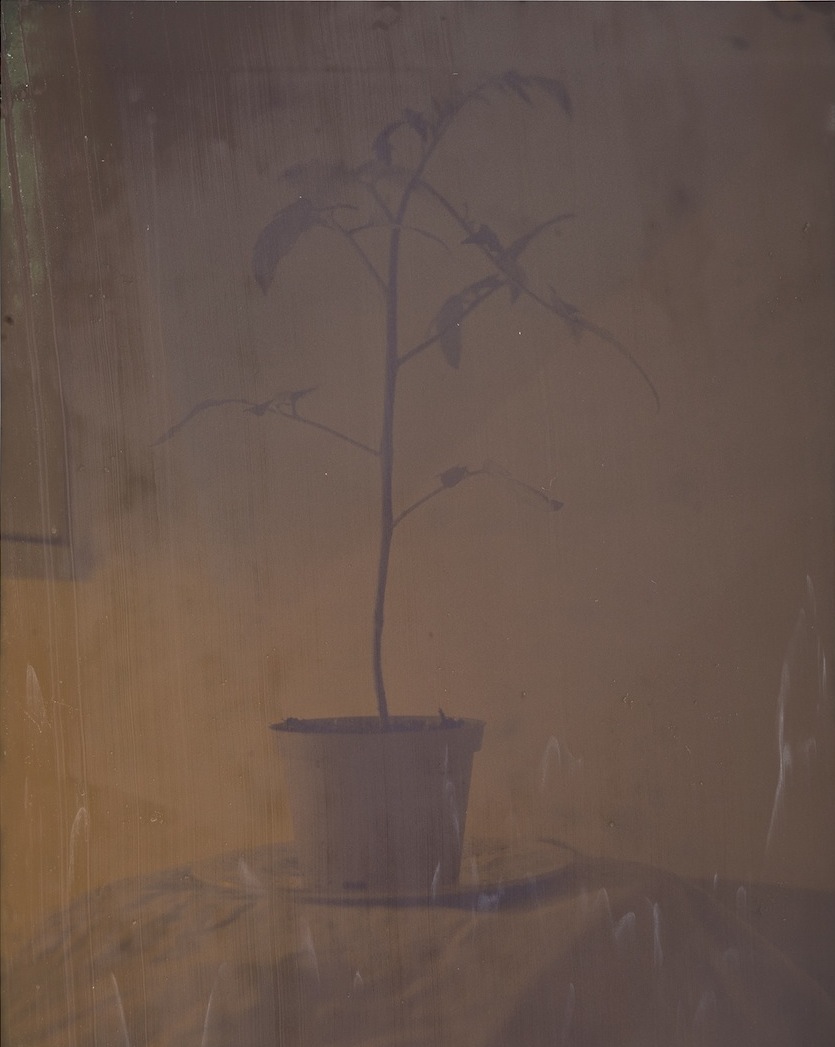
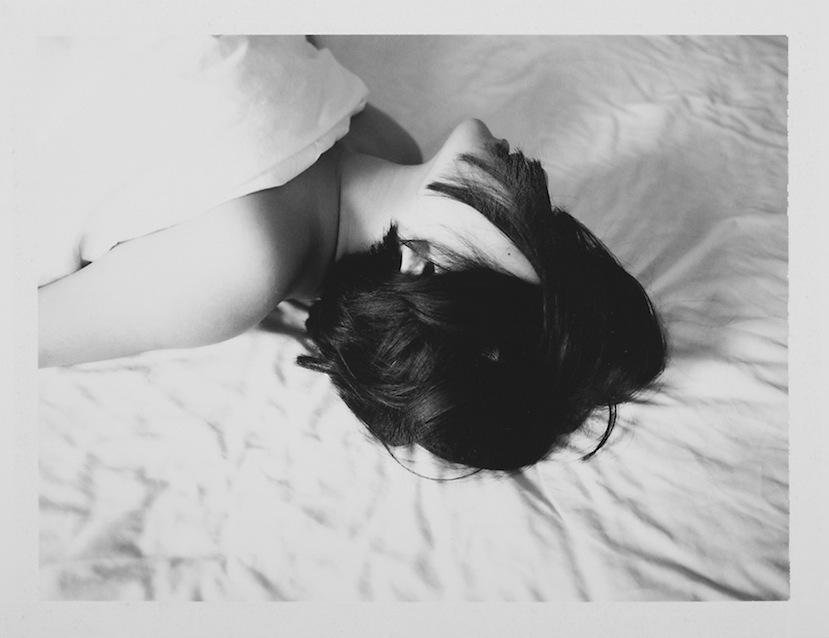
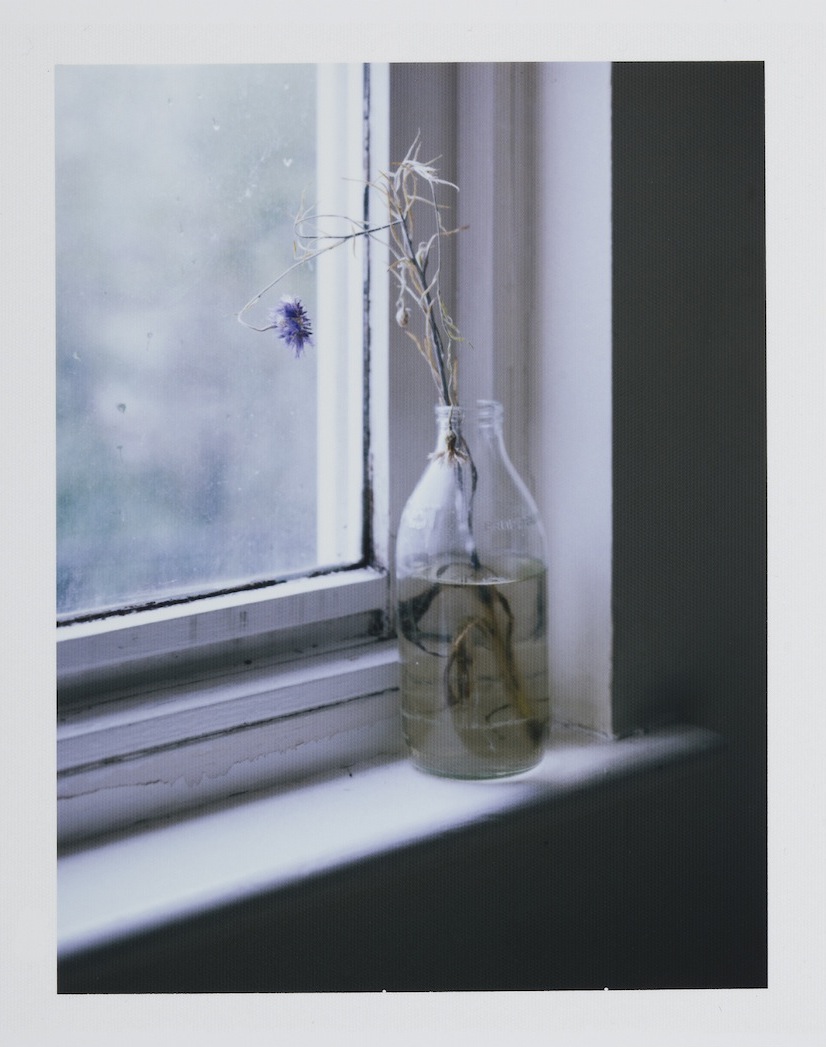
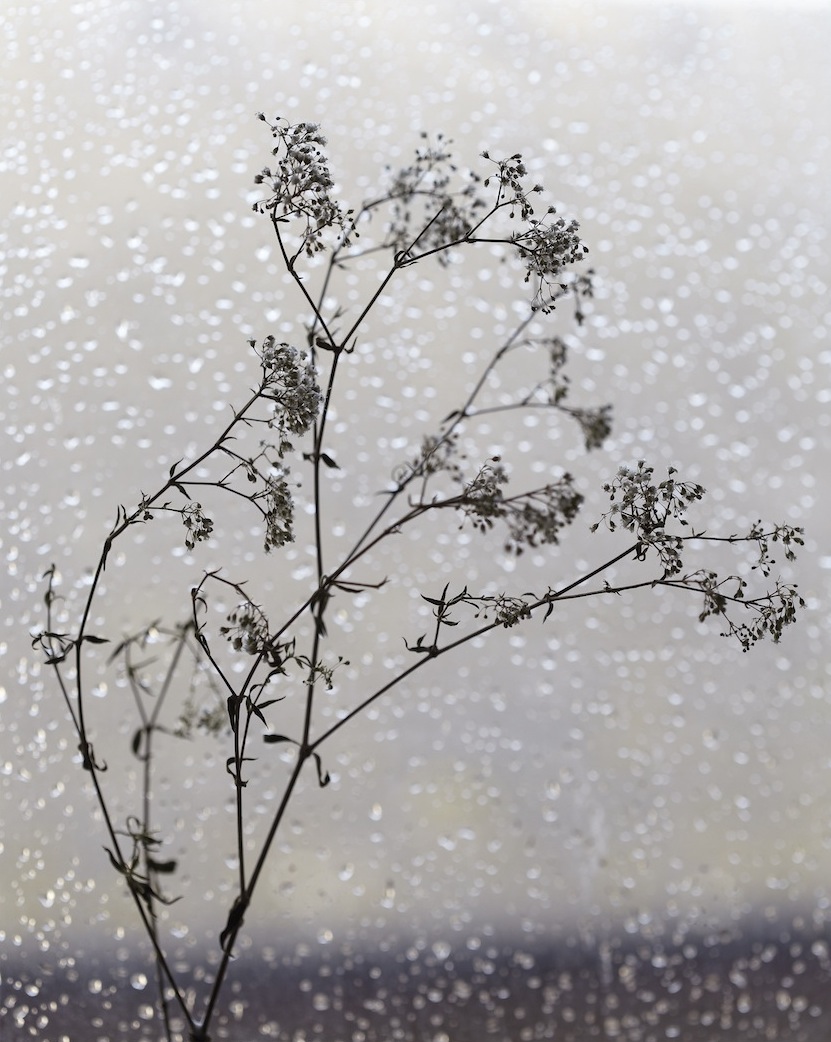
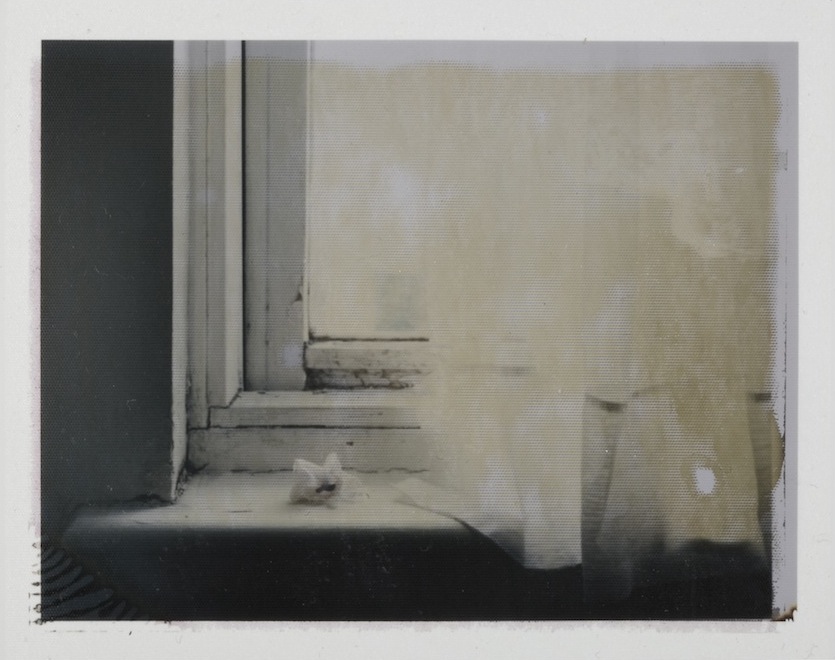

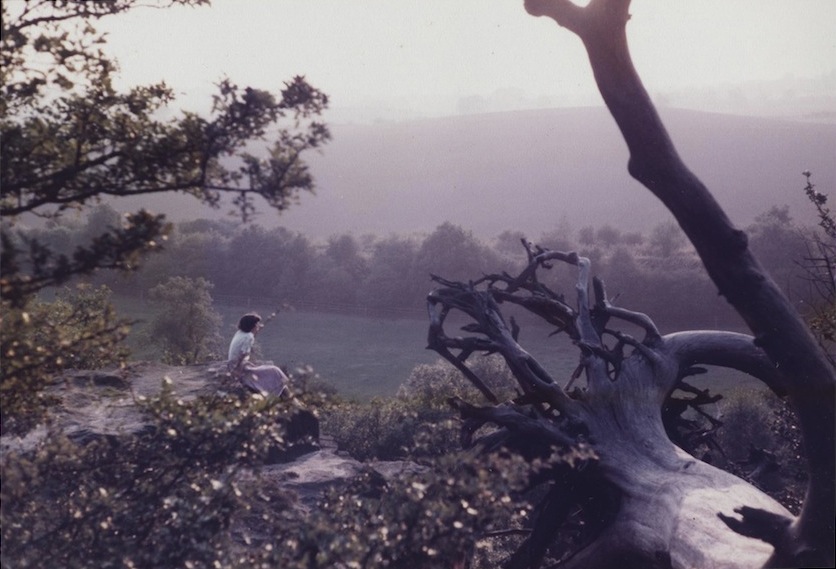

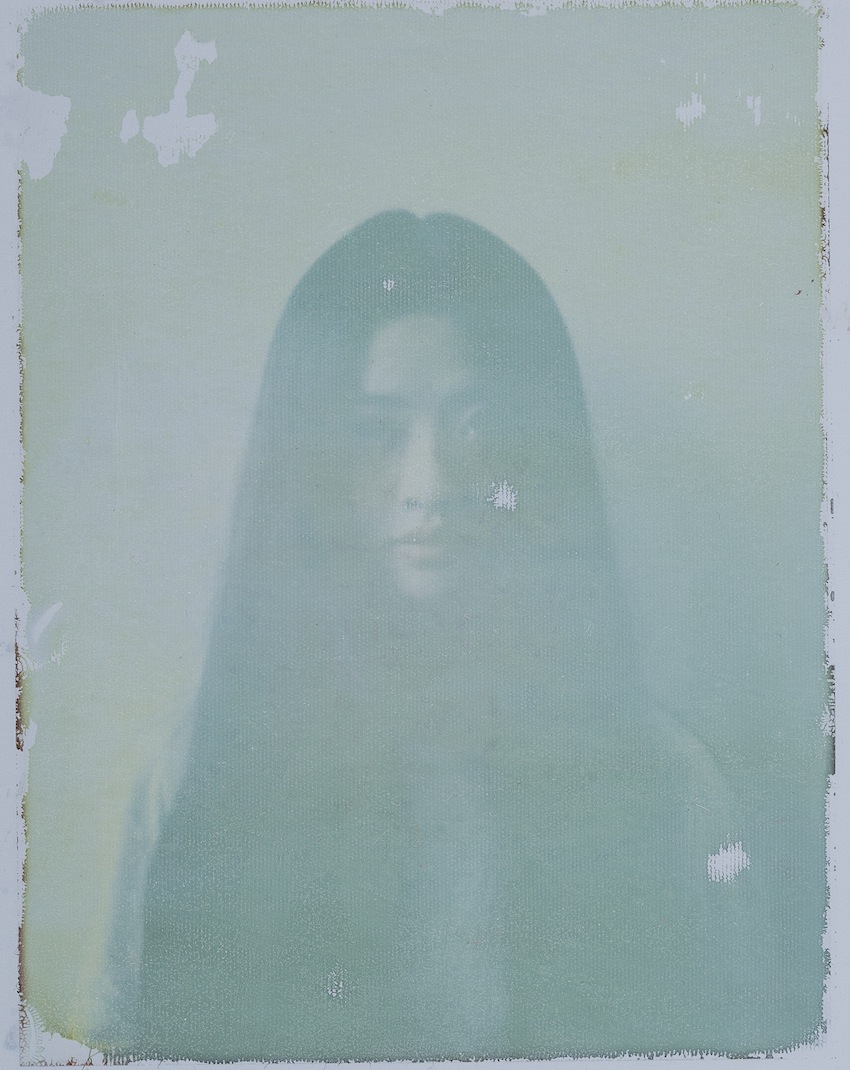
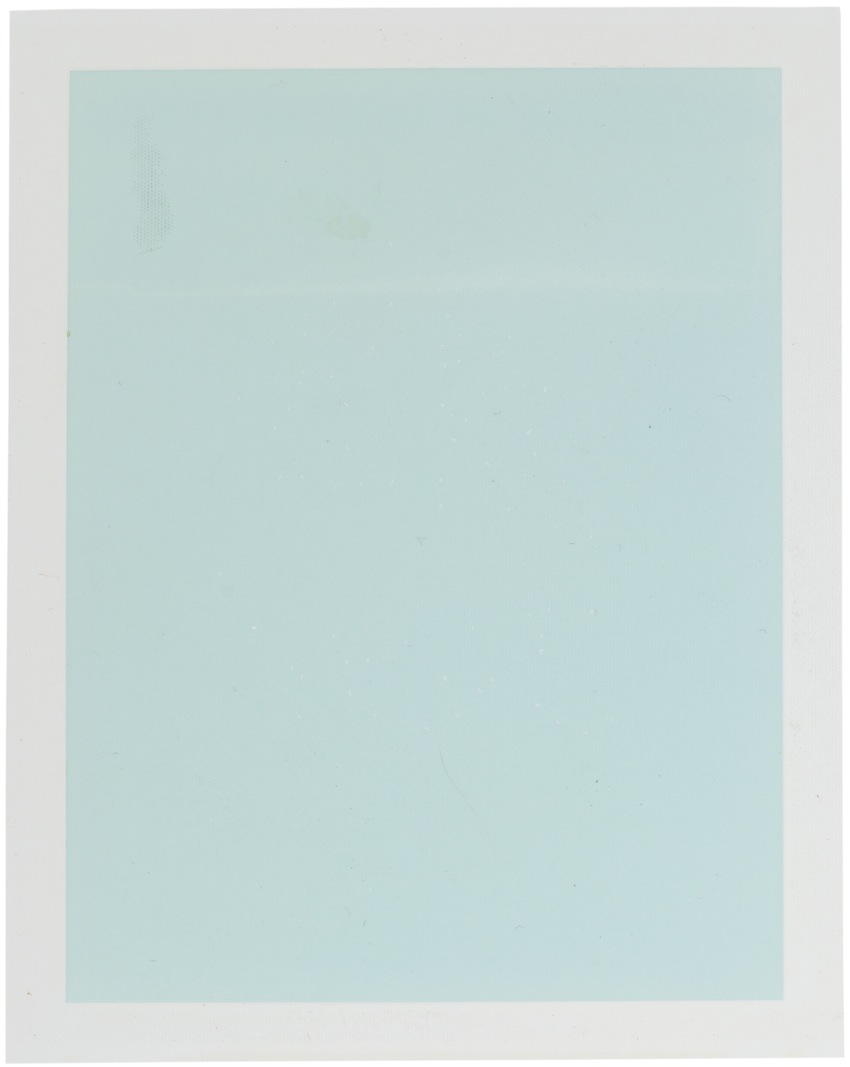

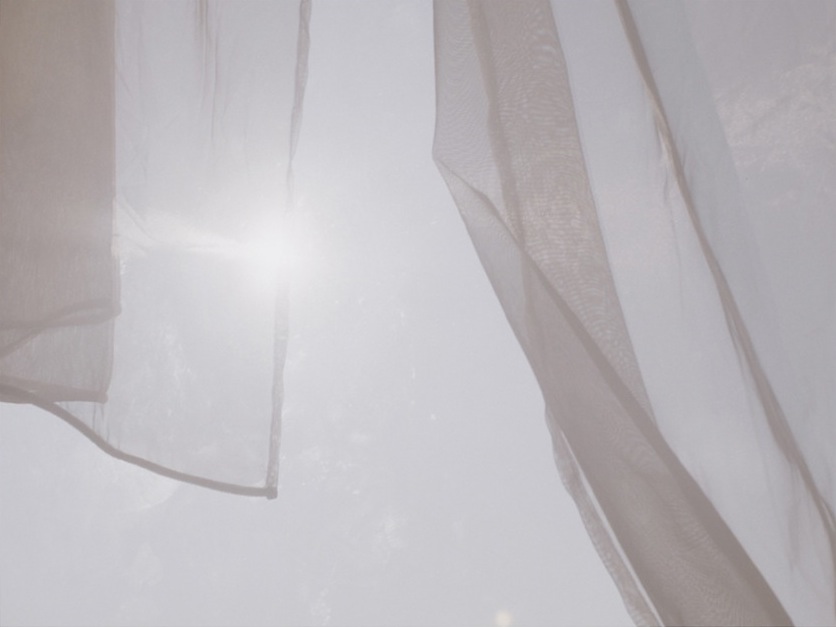
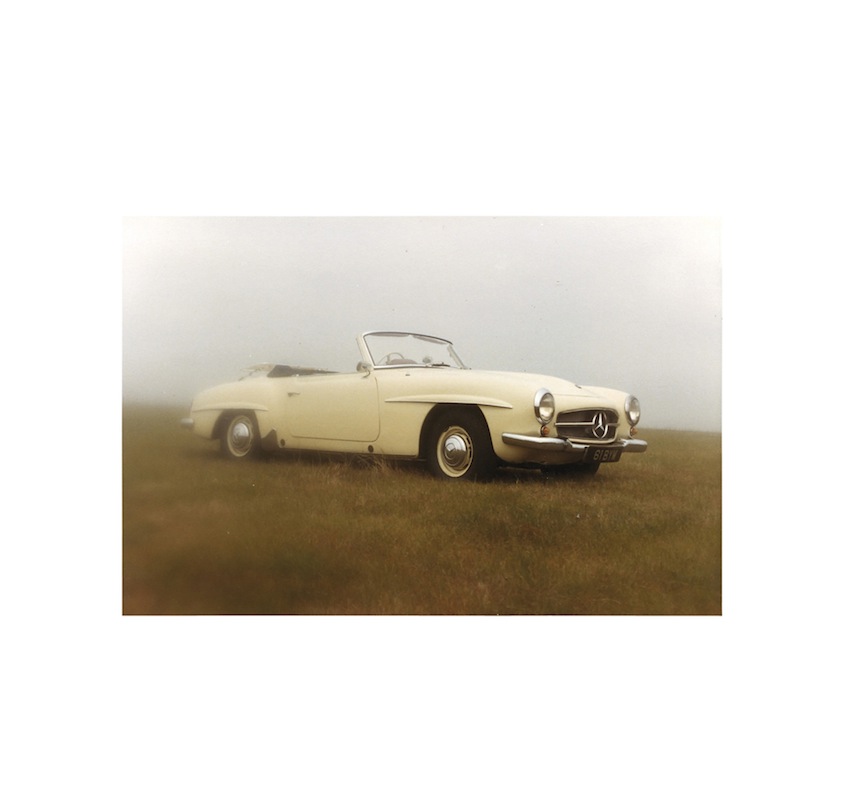
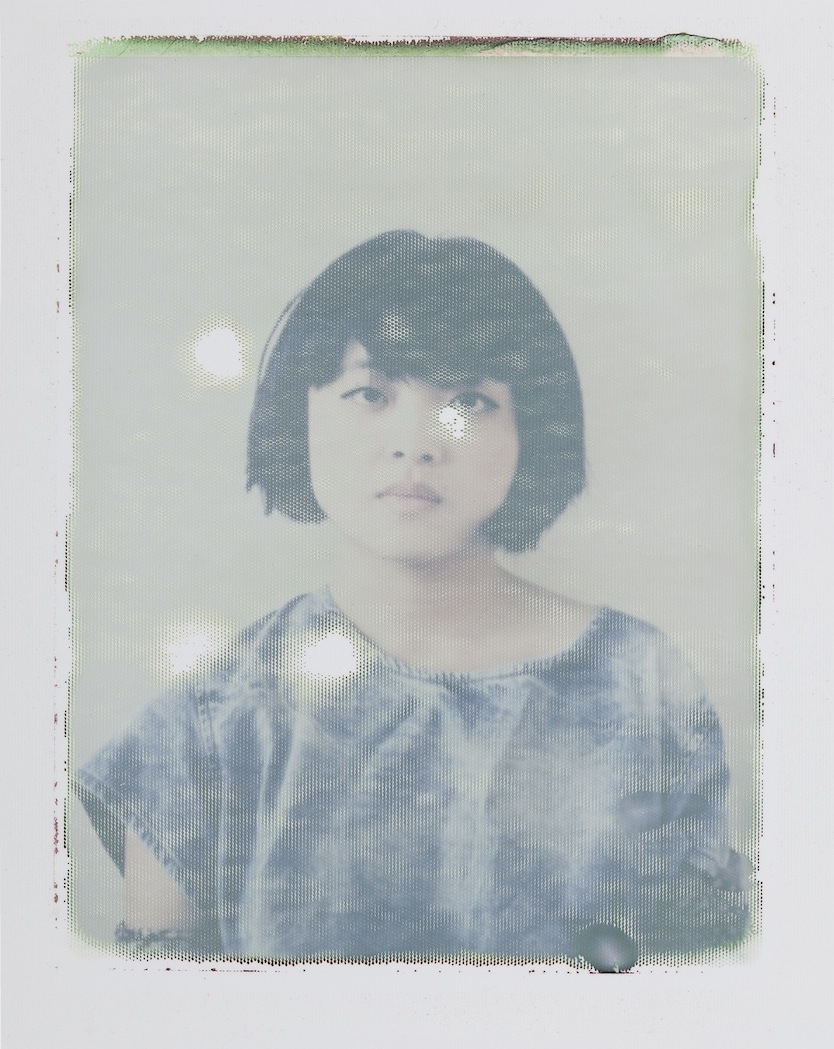
Guy Archard is a 29 year-old photographer based in London. Guy’s practice strongly revolves around the use of photographic processes that alter the final image in ways often unpredictable. Many of Guy’s mesmerizing images were published in a now sold out photobook titled Almost.
Hello Guy, thank you for joining as our #PhotographerInResidence. What are your main interests as a photographer?
I’m fascinated with the tension between beauty and decay. Dying things can be very beautiful, I like sadness and imperfection in pictures.
What is your Almost book about in particular?
It’s about things falling apart, memories and youth being lost.
What prompted you to create this work?
It’s a collection of two or three year’s work – it wasn’t initially conceived as a whole project, I’d been taking these pictures for myself anyway. It was really the publisher and editor, Maxwell Anderson from Bemojake Books, who found the book in amongst the pictures.
Most of the Almost photos are heavily post-processed, and in different ways. Can you describe some of the techniques you used, and how do they fit the work?
I use different chemicals washed or rubbed over prints. A lot of these are photographs of photographs, layered on top of each other. I also like to transfer the developer on the underside of polaroids onto different surfaces. The nice thing about this is it’s unpredictable. It’s good sometimes to relinquish control over the developing process and let the chemicals decide. You get much more interesting, more abstract results.
Tell us more about this photo.

It’s a picture of the developer chemical on the peeled-off side of a 5×4 polaroid. The faint reverse image slowly fades to nothing over a minute or so, and I photographed it as it seemingly evaporated into the air.
I like the idea of impermanence in photography – a moment that is “fixed” on film, or on the surface of a print, abides by the laws of entropy just like every other physical thing. There is a popular idea that photography fixes things forever, but this is not the case. Just as memories of moments fade, distort and disappear, so does the photographic record of them, slowly over time. The eventual breaking down of a picture to nothing but dust is inevitable. This photograph illustrates the point, but over a much quicker time frame.
Did you have any particular source of inspiration in mind while working on Almost, and what are the main influences on your photography more generally?
I’m just influenced by things around me, and how they change over time. I work very, very slowly so you see things slowly change as you record them. It’s interesting to photograph the same subject over a few years.
I’m influenced a lot by other photographers, painters and also literature in my wider life, but I’m not sure how that’s affected my artwork. It just comes out that way.
Who are some of your favorite contemporary photographers?
Wolfgang Tillmans, Gerhard Richter’s Overpainted Photographs, Masao Yamamoto, Geir Moseid, Tom Kavanagh, Yukihito Kono, Takashi Homma, Nigel Shafran, Darren Harvey-Regan, Sara Naim, Edward Newton.
Think of the last time you saw something and couldn’t resist taking a picture. What did you see?
A bird dying on the ground.
Do you have any other passion beside photography?
Cooking!
Choose your #threewordsforphotography.
Silver. Salt. Paper.
Keep looking...

FotoCal — Photography Awards, Grants and Open Calls Closing in October 2024

FotoCal — Photography Awards, Grants and Open Calls Closing in September 2024

FotoCal — Photography Awards, Grants and Open Calls Closing in August 2024

FotoCal — Photography Awards, Grants and Open Calls Closing in July 2024

FotoCal — Photography Awards, Grants and Open Calls Closing in June 2024

FotoCal — Photography Awards, Grants and Open Calls Closing in May 2024

FotoCal — Photography Awards, Grants and Open Calls Closing in April 2024




